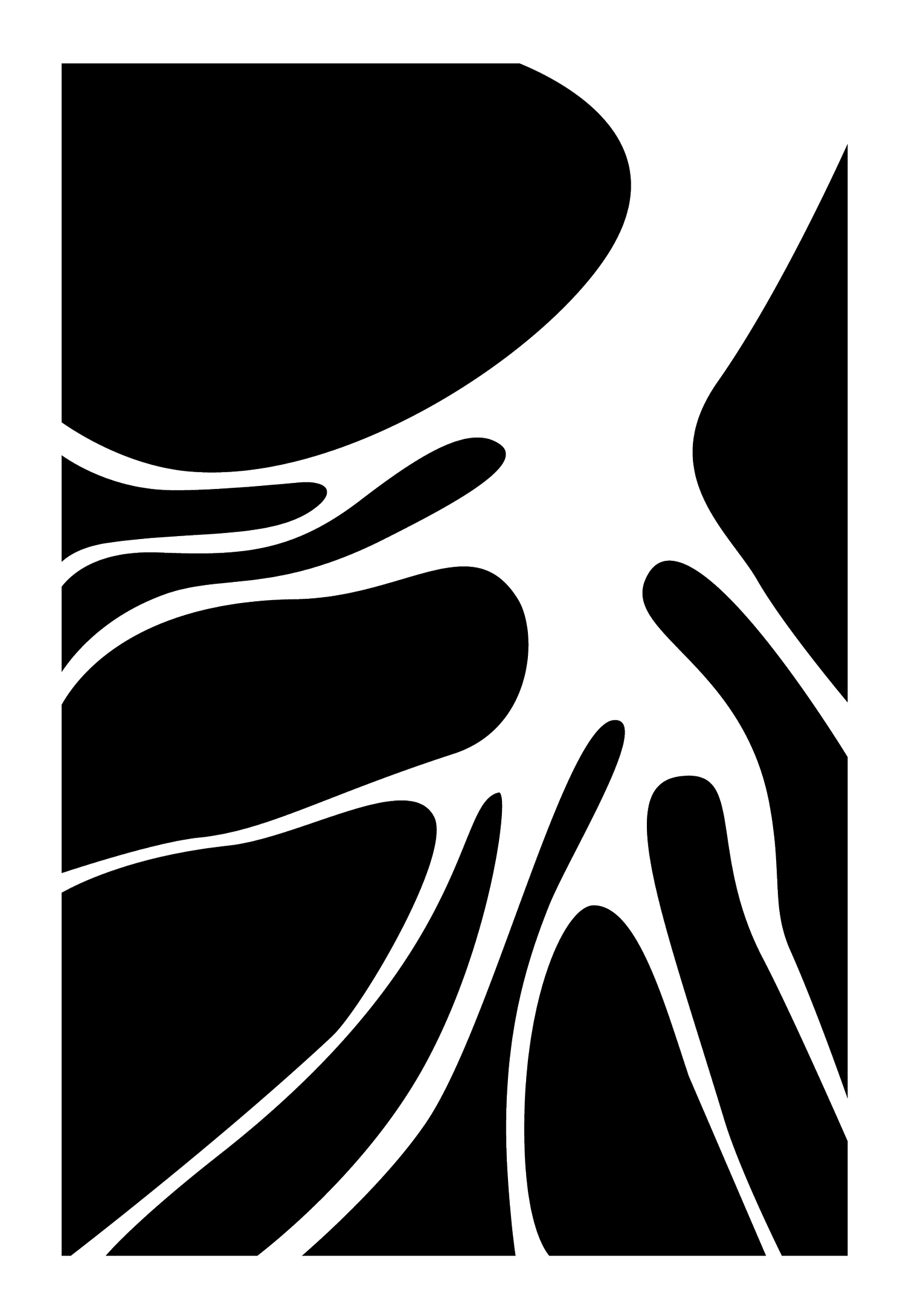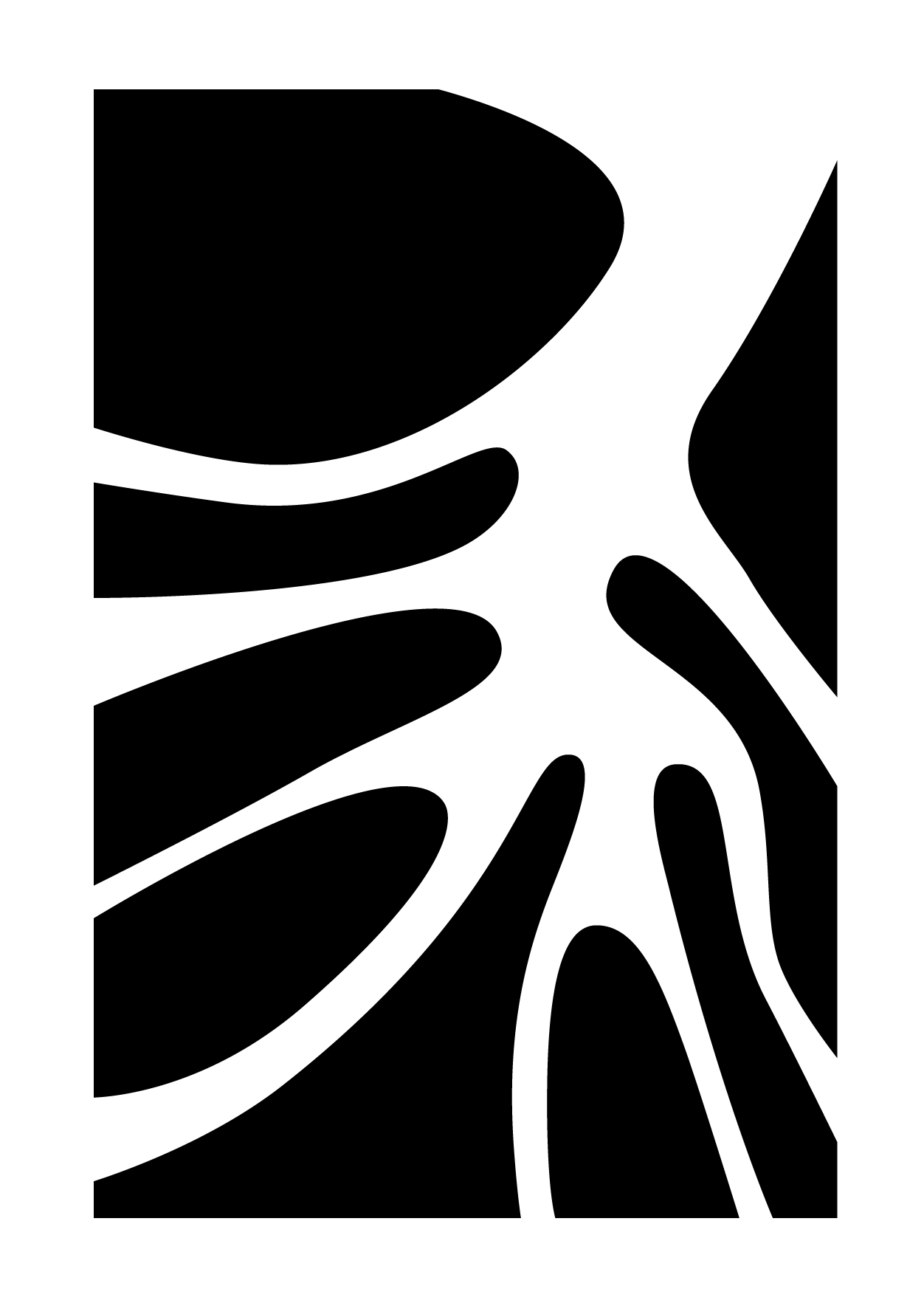A Children's Bible
Reviewed by Elly O’Leary
Elly O’Leary serves as Paperbark’s Prose Lead. She is a MFA fiction candidate at the University of Massachusetts, Amherst. After completing her undergraduate degree in English at Harvard University, she worked in journalism and entertainment. Since arriving at UMass, she has been a reader for the Massachusetts Review and the Juniper Prize for Fiction. She currently lives in Northampton, MA. You can follow her on Twitter @elle_mno
Part fable, part call-to-action, Lydia Millet’s A Children’s Bible addresses climate change with well-placed anger, tempered with observational wit and scathing humor. Told from the perspective of teenage Evie, the novel has a Lord of the Flies feel from the outset. The group of children (around whom the novel centers) have been thrown together for the summer by their parents—phones stolen, no internet access, the kids are told to make friends with each other while the adults reunite over old memories and substantial alcohol.
The novel quickly progresses from judgments of the parents’ embarrassing qualities to a full-blown allegory about the end of the world. In particular, the novel asks questions about the role of the young in stopping climate change, while casting a judgmental eye upon older generations who have—through harmful action or willful ignorance—allowed things to get this bad.
At times, the lean into the titular Bible element feels a bit distracting or heavy-handed, but once the reader accepts that this is not a book of realism, that criticism fades. The pacing takes the willing reader along for a ride, and for such a large cast, the characters show remarkable depth and complexity as they hurtle toward doom, or salvation. By the end, we are left wondering about the future— within the book and our own in this ailing world.
A Children’s Bible may not leave readers feeling particularly hopeful, but there is satisfaction to be found in this book’s indictment of apathy or impotence in the face of climate change. Though it’s barely two hundred pages, Millet manages to conjure questions of legacy, of who has failed and why, and of the intersection of art and science that we will need to survive.


